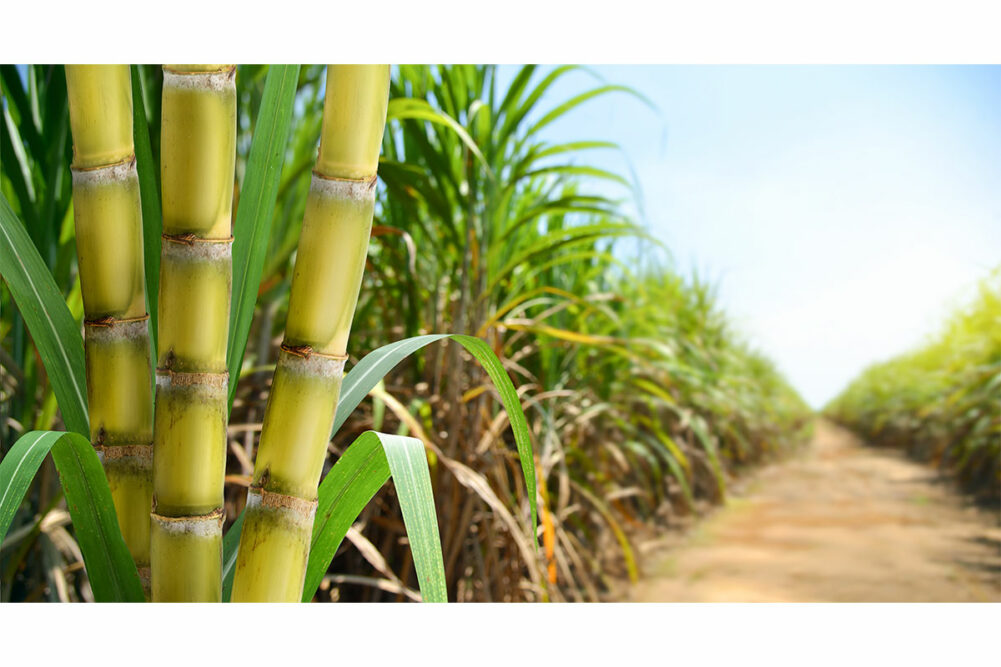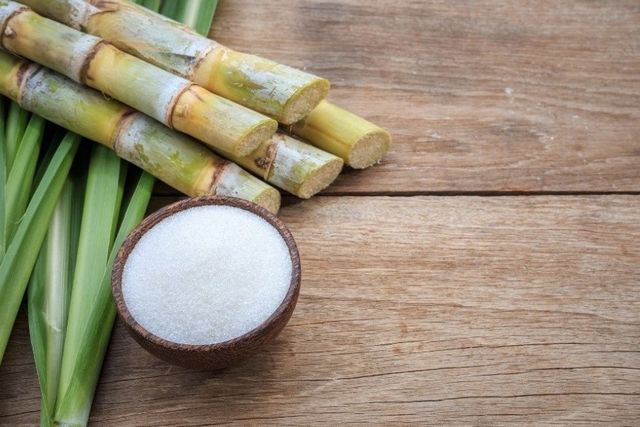An Extensive Overview to the Ecological Influence and Sustainability Practices in Walking Cane Sugar Handling
The environmental influence of cane sugar processing provides an intricate variety of challenges that warrant careful exam. From dirt deterioration and too much water use to the carbon footprint linked with farming and manufacturing, the consequences of standard techniques are far-ranging. In comparison, the adoption of cutting-edge sustainability procedures offers a pathway towards extra liable manufacturing approaches. Understanding the interaction in between these concerns is vital for stakeholders in the sector. What specific practices can be implemented to strike an equilibrium between productivity and environmental stewardship? The answers lie in a better consider both the difficulties and potential options.
Overview of Walking Stick Sugar Processing
Cane sugar handling includes a series of methodical actions that transform sugarcane into refined sugar. Initially, gathered sugarcane is carried to refining facilities, where it goes through cleaning up to get rid of soil and debris. Following this, the walking stick is squashed to draw out juice, which is after that cleared up by removing pollutants with home heating and the addition of lime.
The cleared up juice undertakes evaporation, where water is eliminated to concentrate the sugar web content. This concentrated syrup is after that crystallized through cooling, allowing sugar crystals to develop. These crystals are separated from the staying syrup making use of centrifugation, leading to raw sugar. To accomplish refined sugar, the raw item goes through more filtration processes, which may include cleaning and filtering to eliminate remaining contaminations and color.
The end product is then dried and packaged for circulation. Throughout this whole process, keeping efficiency and quality assurance is necessary to make sure the sugar fulfills market requirements. Each action in walking cane sugar handling not only adds to the end product yet additionally has ramifications for source usage and waste generation, establishing the phase for discussions on sustainability and environmental effects connected with sugar production.
Ecological Challenges of Manufacturing
The production of walking cane sugar offers a number of considerable environmental obstacles that warrant focus. One primary concern is the extensive use of agrochemicals, consisting of plant foods and chemicals, which can result in dirt destruction, biodiversity loss, and contamination of local water sources. The drainage from sugarcane areas often brings these chemicals right into nearby ecological communities, interrupting aquatic life and influencing the health of neighborhoods reliant on these water bodies.
An additional obstacle is the high power usage linked with sugarcane processing. The boiling and refining stages need substantial heat, mostly created by melting fossil gas, adding to greenhouse gas discharges. In addition, the extensive land location needed for sugarcane farming can result in logging and habitat devastation, further exacerbating environment change and threatening wildlife.
In addition, the labor methods in some areas elevate honest concerns, as workers might face inadequate working problems and poor salaries. This scenario usually bolsters a cycle of poverty in neighborhood communities. Cane Sugar Processing. Resolving these environmental difficulties is important for creating extra sustainable techniques in cane sugar manufacturing, ultimately benefiting both the setting and the communities associated with this industry
Water and Land Usage Impact
Water sources and land utilization are essential components in the walking stick sugar industry that considerably influence the atmosphere. The farming of sugarcane requires substantial water input, with quotes suggesting that it can take in up to 2,000 litres of water per kg of sugar created. This intensive use water typically brings about depletion of neighborhood water sources, affecting not only the sugarcane plantations yet also bordering ecosystems and neighborhoods that depend on the exact same water sources for agriculture and residential usage.

Additionally, land use for sugarcane growing navigate to these guys can bring about deforestation and the conversion of natural environments into monoculture vineyards. This method diminishes biodiversity, disrupts regional communities, and adds to dirt destruction. The growth of sugarcane areas frequently elbows in on beneficial farming land, producing competition for sources in between food and biofuel manufacturing.
Sustainable practices, such as maximizing watering techniques and carrying out crop turning, are necessary to minimize these effects. By adopting extra effective water usage and land administration techniques, the walking cane sugar sector can decrease its eco-friendly impact, making sure an equilibrium between farming productivity and environmental preservation.
Greenhouse Gas Emissions
Greenhouse gas emissions represent a considerable ecological worry within the cane sugar processing industry, specifically as farming practices expand to satisfy global need. The growing of sugarcane, a plant that grows in tropical environments, relies heavily on artificial plant foods and pesticides, which add to nitrous oxide discharges. Furthermore, land-use modifications, consisting of deforestation for new sugarcane vineyards, release co2 kept in plants and soil.
Throughout processing, energy intake is an additional major resource of greenhouse gas emissions - Cane Sugar Processing. Several sugar mills utilize nonrenewable fuel sources to power machinery and create warmth, causing considerable carbon impacts. Additionally, the transportation of raw sugarcane and finished items adds layers of exhausts through fuel combustion in lorries
This includes assessing current farming techniques, refining methods, and transport systems to identify locations for enhancement and reduction. Resolving greenhouse gas discharges is important for promoting an extra lasting walking stick sugar industry in a changing environment.

Sustainable Practices and Innovations
Lasting methods and innovations are significantly vital in the cane sugar processing market as stakeholders seek to lower ecological effects while preserving performance. One considerable development is the execution of incorporated crop monitoring, which maximizes source use by incorporating soil administration, parasite control, and plant turning strategies. This technique enhances yield Click Here while decreasing chemical inputs and preserving soil health and wellness.
In addition, the fostering of renewable resource resources, such as biomass from sugarcane deposits, has gotten traction - Cane Sugar Processing. By transforming waste items right into energy, processing facilities can reduce their reliance on fossil fuels, therefore decreasing greenhouse gas discharges
Water administration techniques have actually likewise seen improvements with the recycling and reusing of water in handling plants, considerably reducing freshwater intake. Developments in modern technology, such as precision agriculture, make it possible for farmers to monitor plant health and wellness and source use more properly, making certain sustainable farming practices.
Additionally, certification programs like Fair Trade and Jungle Alliance urge ecologically accountable farming practices and advertise social equity within the supply chain. By embracing these lasting methods and advancements, the walking cane sugar processing sector can boost its strength and add positively to ecological stewardship.
Verdict
The environmental effect of cane sugar handling provides substantial challenges, including dirt destruction, high water intake, and greenhouse gas discharges, alongside moral worries associated with labor methods. Addressing these issues through sustainable practices, such as integrated plant monitoring, sustainable energy fostering, and water recycling, is vital. By advertising environmentally responsible and socially equitable approaches in sugar production, the industry can minimize its unfavorable results, making sure a more sustainable future for both communities and environments associated with this industry.
Walking stick sugar handling includes a series of organized actions that change sugarcane into refined sugar. Each step in walking stick sugar handling not browse around this site only adds to the final product but additionally has implications for resource usage and waste generation, establishing the stage for conversations on sustainability and environmental influences connected with sugar production.
Greenhouse gas discharges represent a significant ecological issue within the walking cane sugar processing industry, particularly as farming techniques increase to satisfy international need.Sustainable practices and developments are progressively crucial in the walking stick sugar processing industry as stakeholders seek to lower ecological impacts while maintaining productivity.The ecological influence of walking stick sugar handling offers significant difficulties, including dirt deterioration, high water intake, and greenhouse gas emissions, alongside moral problems related to labor techniques.